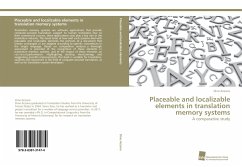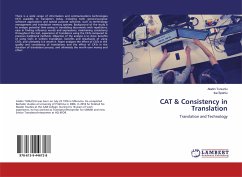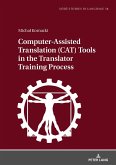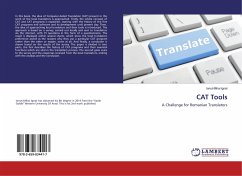Translation memory systems are software applications that provide computer-assisted translation support to human translators. Due to their commercial success, these applications now play a key role in the translation industry. This book looks at how well such systems deal with placeable and localizable elements, the portions of a document that remain unchanged or are adapted according to specific conventions in the target language. Based on comparative analysis, a thorough assessment is provided of the recognition of these elements in translation memory systems, and of the impact of these elements on retrieval performance. Highlighting existing shortcomings and suggesting possible improvements, this book is suitable for translators, students and researchers in the field of computer-assisted translation, as well as for translation system developers.
Bitte wählen Sie Ihr Anliegen aus.
Rechnungen
Retourenschein anfordern
Bestellstatus
Storno








